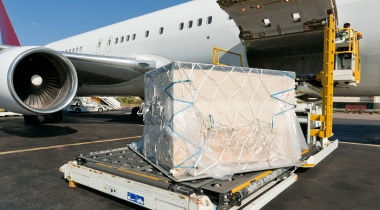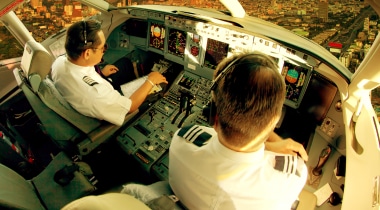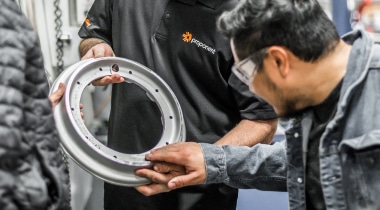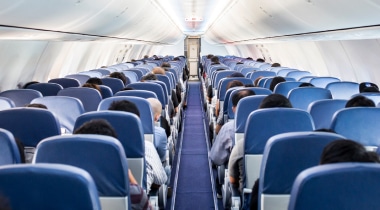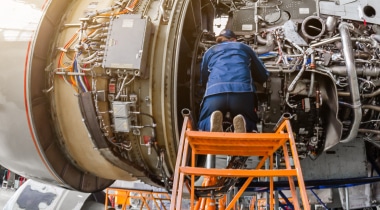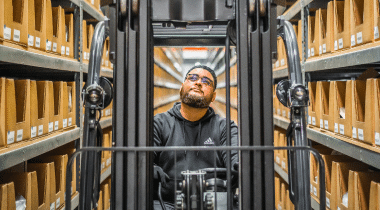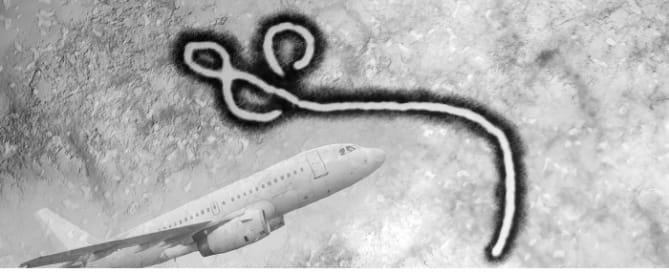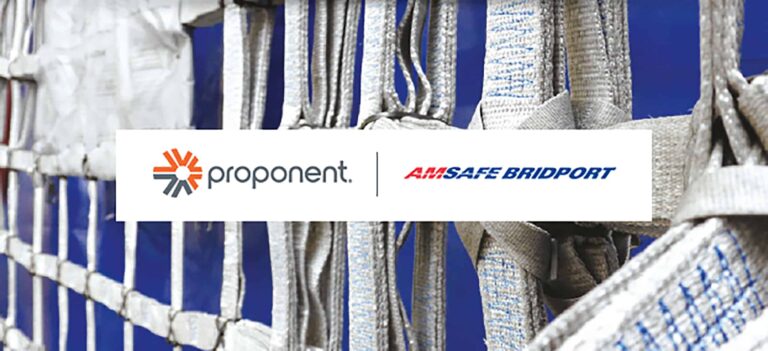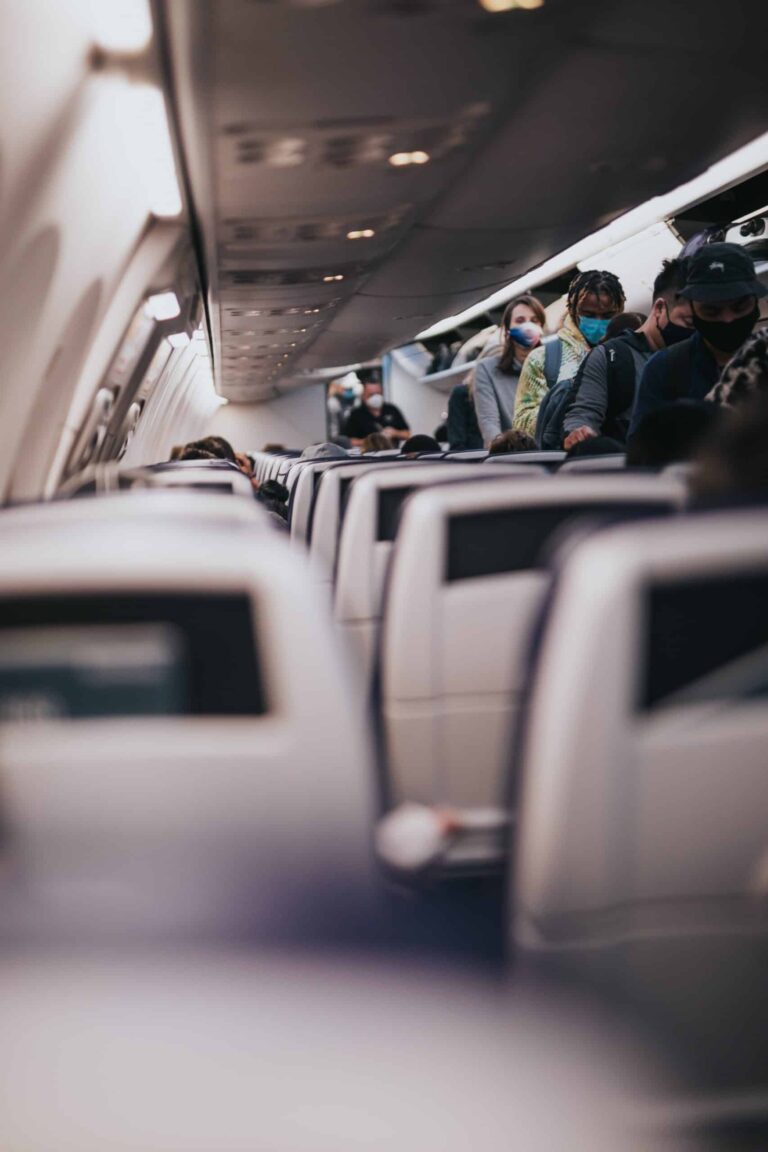What Is a UPK, What Are the CDC Requirements and How Can It Make a Difference in Safe International Travel As the Spread of Ebola Continues
As the world becomes ever smaller and international travel continues its upward growth trajectory, the aviation industry is increasingly at the center of global health initiatives designed to mitigate the risk of transmitting disease from one continent to another. The ongoing battle against Ebola is just the latest example of how a disease that takes hold in three West African countries (Liberia, Sierra Leone, Guinea) can, within months, be transmitted to North America (Texas, New York) and Europe (Spain). As of October 31, the Ebola outbreak has claimed nearly 5,000 lives, and with the busy holiday travel season upon us, the demand from passengers wanting to know exactly how commercial airlines will protect their personal health in the face of such a deadly epidemic will certainly increase.
On October 15, the CDC issued an “Interim Guide About Ebola Infection for Airline Crews, Cleaning Personnel, and Cargo Personnel.” In it, the rules regarding denial of travel are outlined, and it provides links to the CDC’s infection control precautions pages. The guide also mentions the International Civil Aviation Organization (ICAO) requirement that all international flights employing one or more cabin crewmember must carry at least one to two Universal Precaution Kits. The ICAO document also states: “Additional kit(s) should be made available at times of increased public health risk, such as during an outbreak of a serious communicable disease having pandemic potential…”
So, what is a Universal Precaution Kit (UPK), exactly, and why is it important to have them on board an aircraft to combat Ebola?
First of all, one of the earliest symptoms of Ebola is a fever, and travelers coming from Ebola-afflicted countries exhibiting fever can be denied passage. Because of this, the odds are pretty low that an individual with active Ebola symptoms will actually be on an airplane. But let’s just say an Ebola-infected person makes it through the evaluation and is boarded. Ebola is spread through direct contact with bodily fluids. In other words, the blood or bodily fluids of an infected individual has to find its way into the eyes, nose, mouth or open cut of another individual in order for the virus to spread—it is not airborne. The CDC has a pretty good infographic detailing the transmission process.
Again, the odds of this happening are pretty low, but in the event an Ebola-infected individual does become sick on an airplane, the equipment in a standard first aid kit will not suffice. Here’s where the Universal Precaution Kit comes in.
A UPK from Kapco Global supplier, Astronics, contains the following items to manage infectious bodily fluid:
Instructions
1 Safety Shield Combo, Mouth/Eye Protection
2 Pair Vinyl Gloves
2 Antimicrobial Hand Wipes
1 Fluid Resistant Open Back Gown
2 Red Biohazard Waste Bags
2 Twist Ties
1 Disinfectant Germicidal Wipe
1 Scoop and Scraper
1 Dry Solidifier
1 Large Absorbent Towel
1 Disposable Bonnet
1 Pair Disposable Shoe Covers
This kit can protect the caregiver and other passengers from undue exposure to the Ebola virus—or any virus—and that is why it is standard issue on international aircraft.
As a commercial aircraft supplier with more than 40 years in the industry, we at Kapco Global understand the importance of having the cabin safety equipment necessary to keep passengers safe. We know that time is of the essence, and we work hard to always be ready to meet your inventory needs. During this time of increased awareness, we will be closely monitoring the inventory levels of UPK and first aid supplies to be sure we have them ready when our clients need them.
Please view our product guide for a complete description of all our product offerings.

